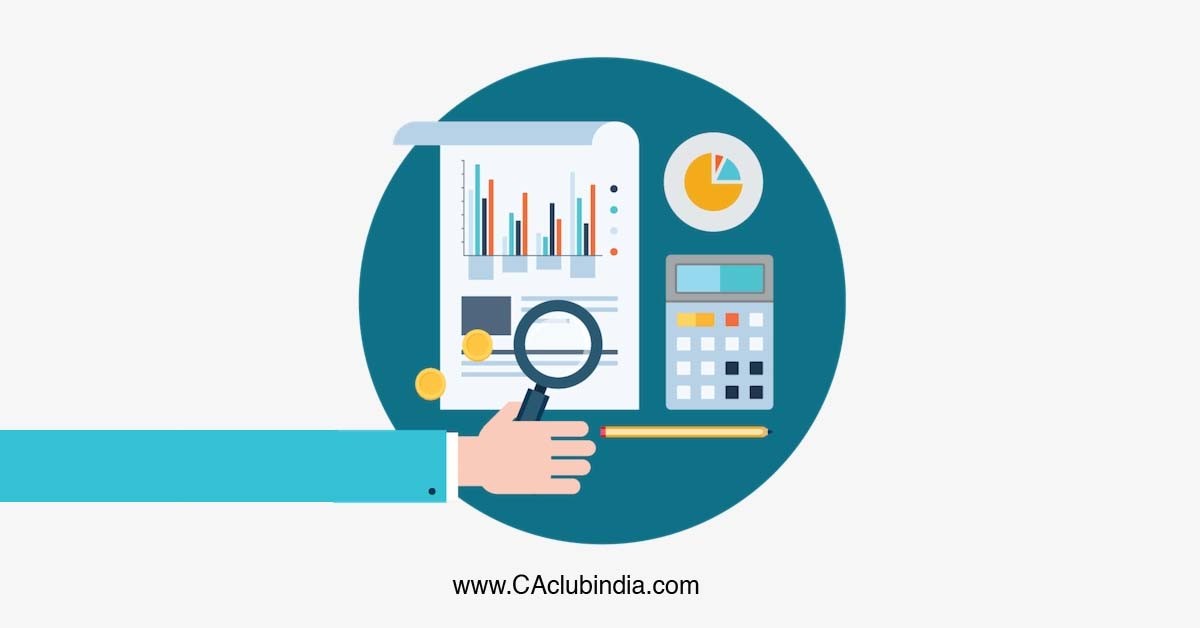Person having lot of confusion regarding mentioning Bill to and ship to in original invoice of material. Which place will be considered as a place of supply of material (End Point) and place of Business as well as which place will be considered as a last point of sale so that correct place of supply of material can be mentioned in EWAY while transporting the material from one place to other place without any confusion.
First of all, we need to understand the place of business, place of supply and Principal place of business.
1. Place of business
A place from where the business is ordinarily carried on, and includes a warehouse, a godown or any other place where a taxable person stores his goods, supplies or receives goods or services or both; or maintains his books of account or engaged in business through an agent, by whatever name called.

2. Place of supply
- Inter-State supply: supply of goods, where the location of the supplier and the place of supply are in two different States; two different Union territories; or a State and a Union territory is called Interstate supply.
- Intra-State supply: supply of goods where the location of the supplier and the place of supply of goods are in the same State or same Union territory shall be treated as intra-State supply.
3. Principal place of business means the place of business specified as the principal place of business in GST registration certificate
Bill To (Principal Place of Business) Ship To (Place of Business) means, A principal place of business is Gurgaon and warehouse 235 KM away from the principal place of business. In such case supplier need to mention in eway bill "bill to the principal business of place" and "ship to warehouse address where actual material to be delivered ".
In other case there would be three persons involved in a transaction: 'A' is the person who has ordered, 'B' to send goods directly to 'C', 'B' is the person who is sending goods directly to 'C' on behalf of 'A', 'C' is the recipient of goods. In Such case, B need to mention "A principal business of place" and "ship to C place of Business where actual material to be delivered".
Concept of adding warehouse (additional place of business) in GST Portal has not been defined in the Act as you can edit address for ship to and it will be more convenient if your address is mentioned in GST Portal as it will be auto-populated with the user details. If he has additional places of business, he will be allowed to select the place. Here in spite of auto-update, the system allows the user to edit the address.
There are four types of transactions - These types depend upon the number of parties involved in the billing and movement of the goods. The following paras explain the same.
- Regular: This is a regular or normal transaction, where Billing and goods movement are happening between two parties - consignor and consignee, that is, the Bill and goods movement from consignor to consignee takes place directly.
- Bill to - Ship To: In this type of transaction, three parties are involved. Billing takes places between consignor and consignee, but the goods move from consignor to the third party as per the request of the consignee.
- Bill from - Dispatch From: In this type of transaction also, three parties are involved. Billing takes places between consignor and consignee, but the goods are moved by the consignor from the third party to the consignee.
- Combination of both: This is the combination of above two transactions and involves four parties. Billing takes places between consignor and consignee, but the goods are moved by the consignor from the third party to the fourth party, as per the consignee’s request.
As per rule 138 of the Central Goods and Services Tax Rules, 2017 (hereinafter referred to as the CGST Rules) e-way bill is a document which is required for the movement of goods from the supplier’s place of business to the recipient taxpayer’s place of business. Therefore, the goods in movement including when they are stored in the godown (even if the godown is located in the recipient taxpayer’s city/town) prior to delivery shall always be accompanied by a valid e-way bill.









 CAclubindia
CAclubindia

